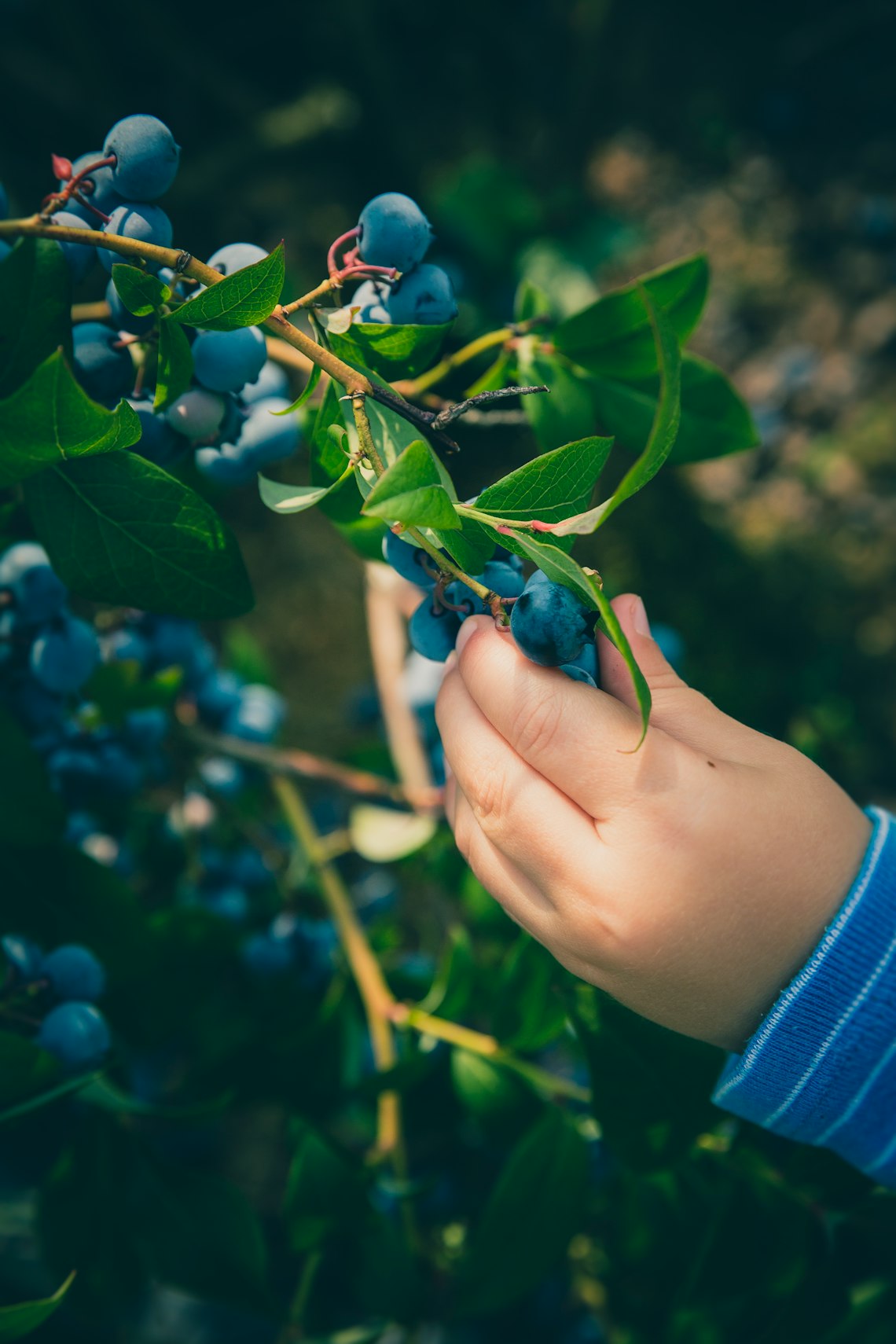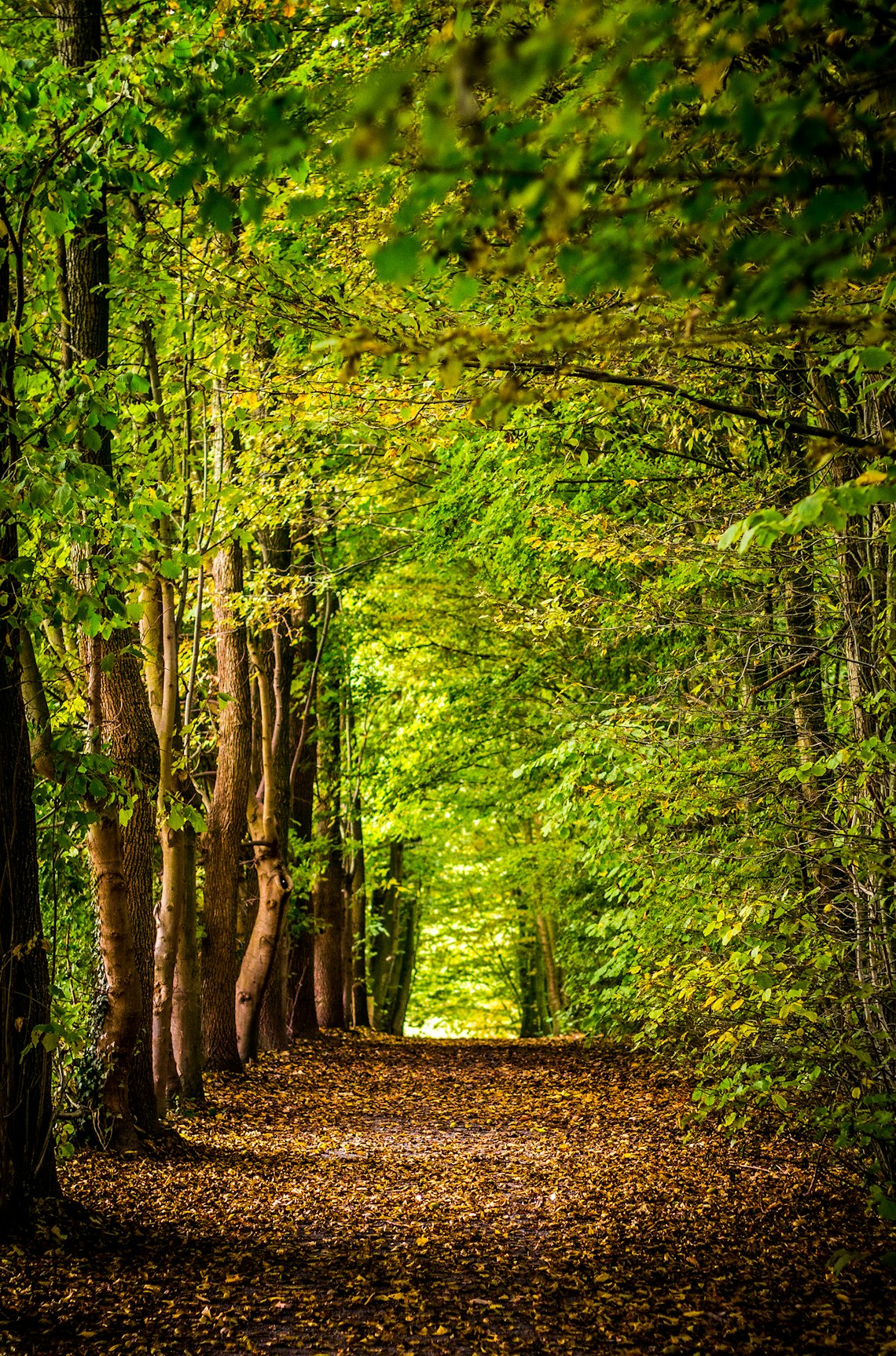Bamboo, the wonder plant, is increasingly recognized as a beacon of hope for ecosystem restoration. With its rapid growth and versatility, it holds the potential to transform degraded landscapes into thriving ecosystems. This renewable resource not only supports soil conservation but also offers sustainable materials for various industries.
The Power of Bamboo in Ecosystem Restoration
Why is bamboo considered a powerhouse for ecosystem restoration? The answer lies in its incredible growth rate, resilience, and ability to restore land quality. Bamboo can grow up to four feet in just 24 hours, making it one of the fastest-growing plants on Earth. This rapid growth ensures quick coverage of damaged land, preventing soil erosion and promoting soil conservation by stabilizing terrain with its extensive root systems.
Bamboo as a Renewable Resource
As a renewable resource, bamboo offers a sustainable alternative to deforestation-prone timber. Unlike hardwood trees that take decades to mature, bamboo reaches harvestability in three to five years. Its ability to replenish quickly makes it a sustainable material choice for furniture, flooring, and even fabric, reducing the strain on traditional wood systems and supporting biodiversity.
Benefits of Bamboo in Soil Conservation
Bamboo's role in soil conservation cannot be overstated. Its robust root network helps to anchor soil, reducing erosion caused by wind and water. This is particularly crucial in areas facing desertification or where topsoil erosion is a significant problem. Additionally, when bamboo is integrated into agricultural systems, it enhances soil fertility, leading to better crop yields.
Sustainable Materials and Industry Applications
Bamboo's versatility extends beyond ecosystem restoration. As a sustainable material, it is employed in numerous industries:
- Construction: Bamboo serves as a sturdy, eco-friendly building material.
- Textiles: Bamboo fibers are used to produce soft, durable fabrics.
- Consumer Goods: From bicycles to kitchenware, bamboo proves its worth in everyday items.
These diverse applications highlight bamboo's potential to replace more environmentally harmful materials, helping to reduce carbon footprints globally.
Connecting the Dots: Bamboo and Climate Change
While there are numerous renewable resources available, bamboo uniquely contributes to climate change mitigation. Its capacity to sequester carbon dioxide efficiently makes it a vital part of global efforts to combat climate change. Comparatively, bamboo forests absorb more carbon than a similar-sized grove of young trees, showcasing its environmental prowess.
For readers interested in related topics, exploring articles on sustainable forestry and green building materials can offer additional insights into how industries can pivot towards more eco-friendly practices.
In conclusion, bamboo emerges as a sustainable champion for ecosystem restoration. Its ability to facilitate soil conservation, provide renewable resources, and act as a climate change buffer positions it as an invaluable part of ecological and economic systems worldwide. Embracing bamboo not only supports healthier ecosystems but also paves the way for a more sustainable future.




